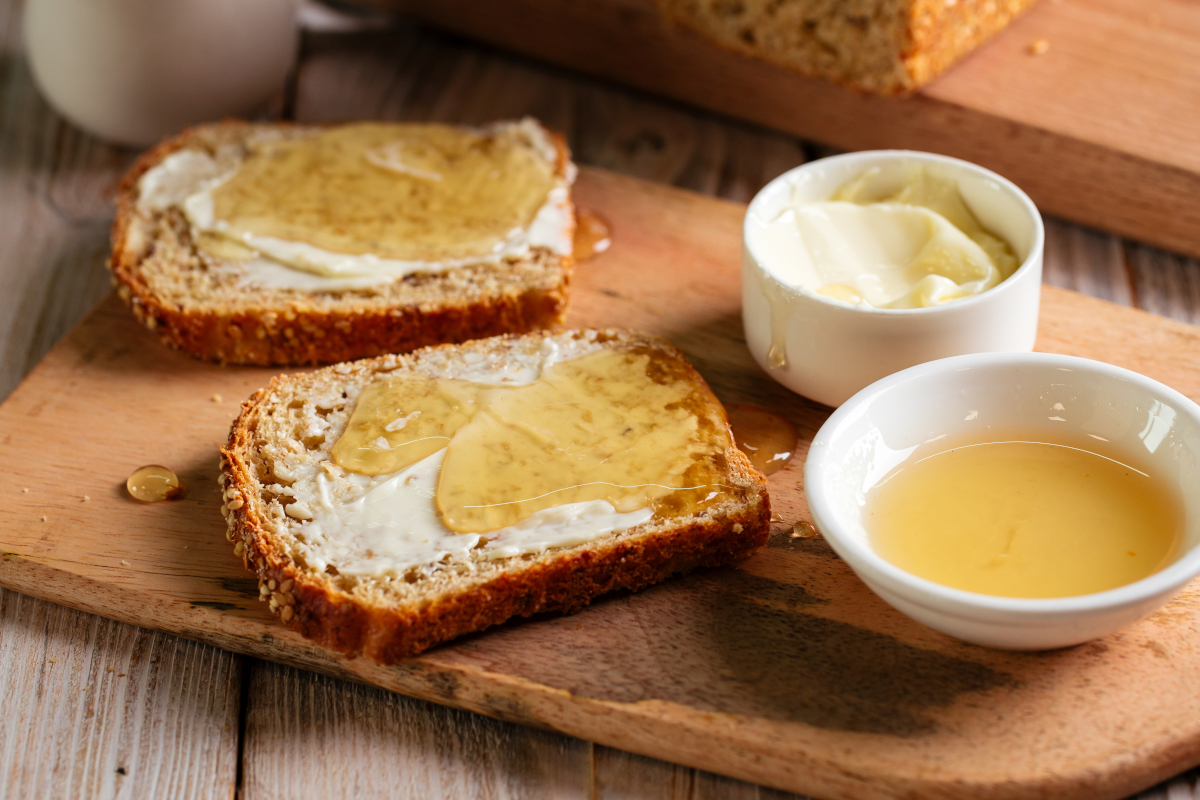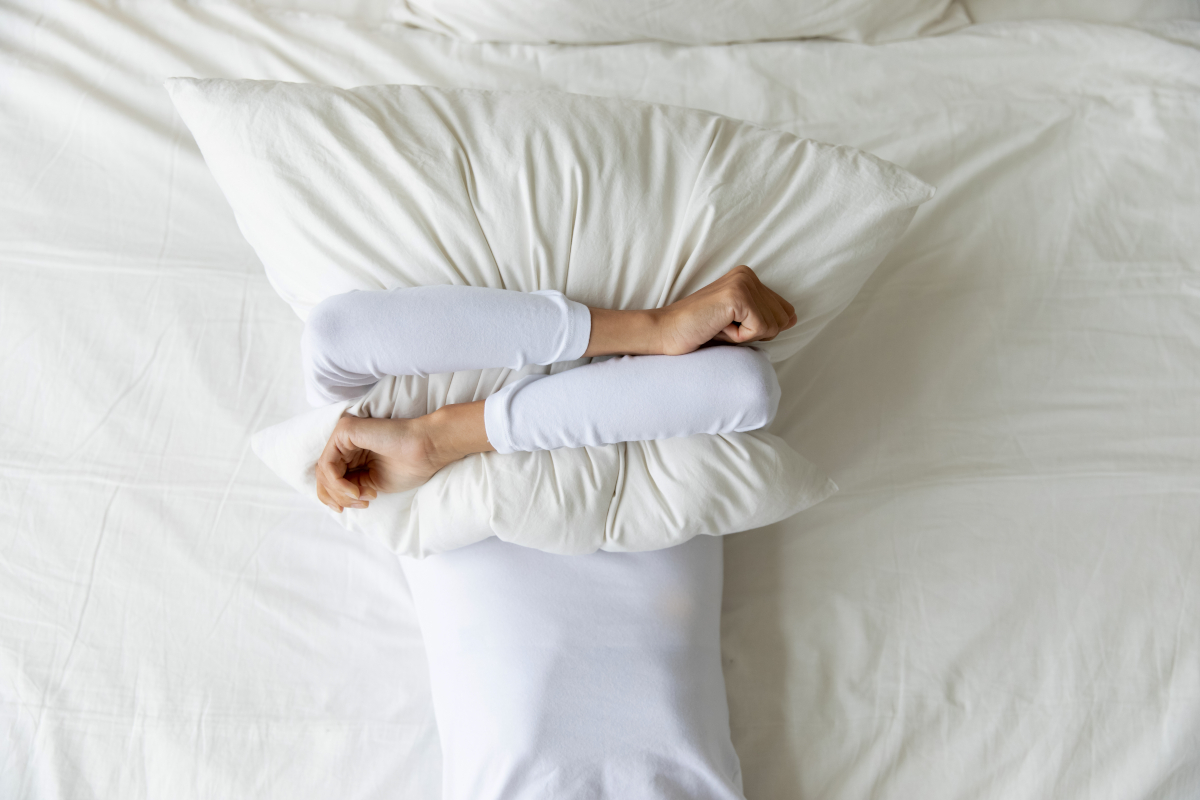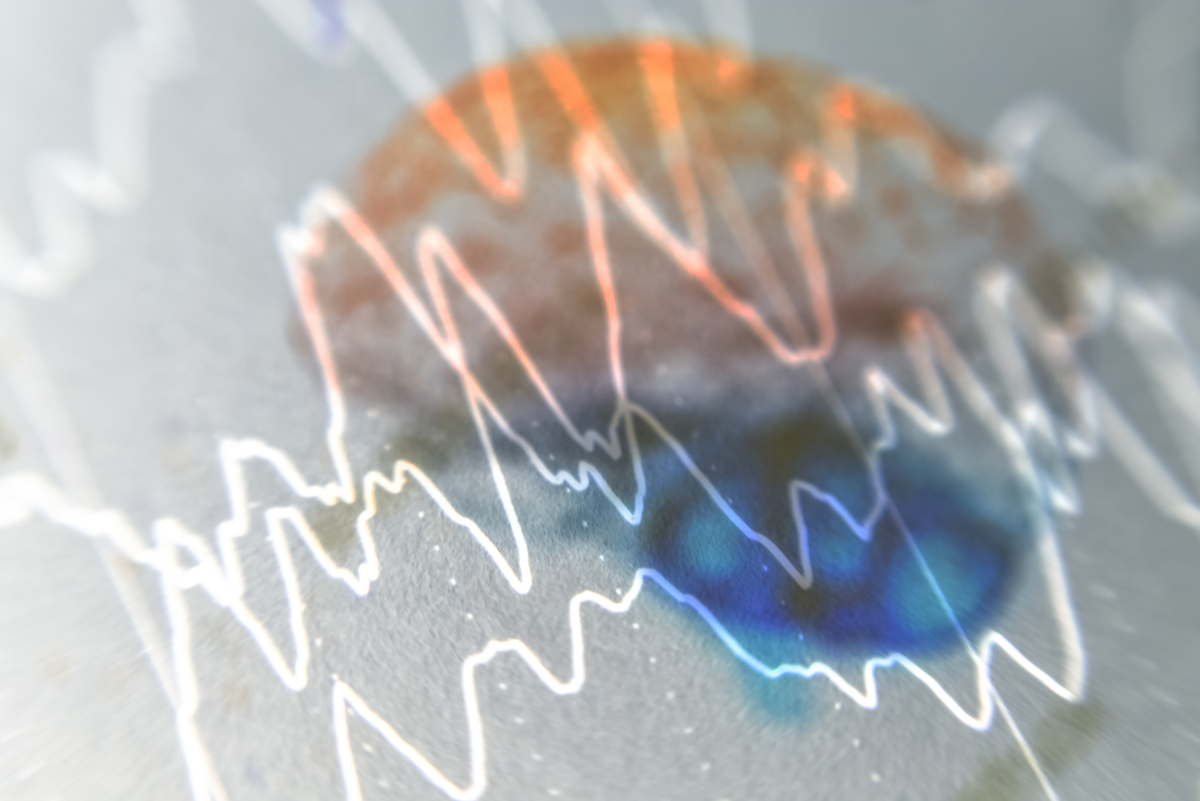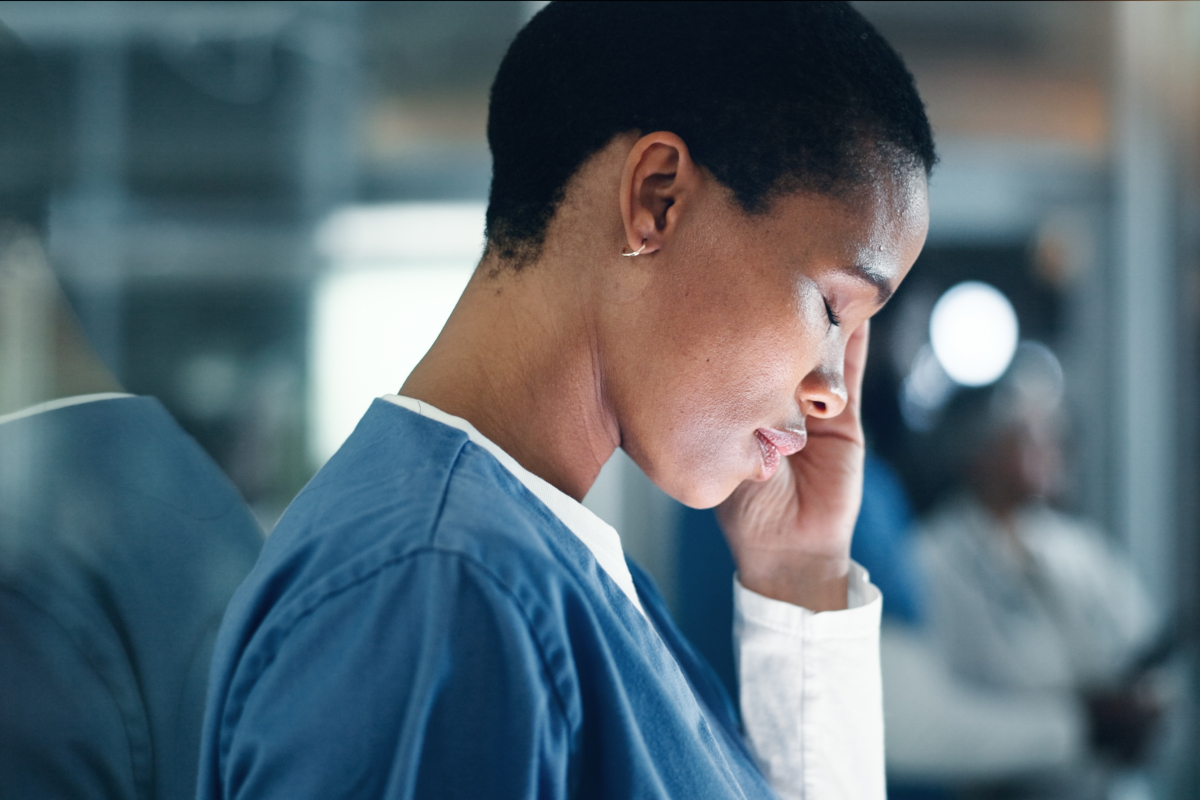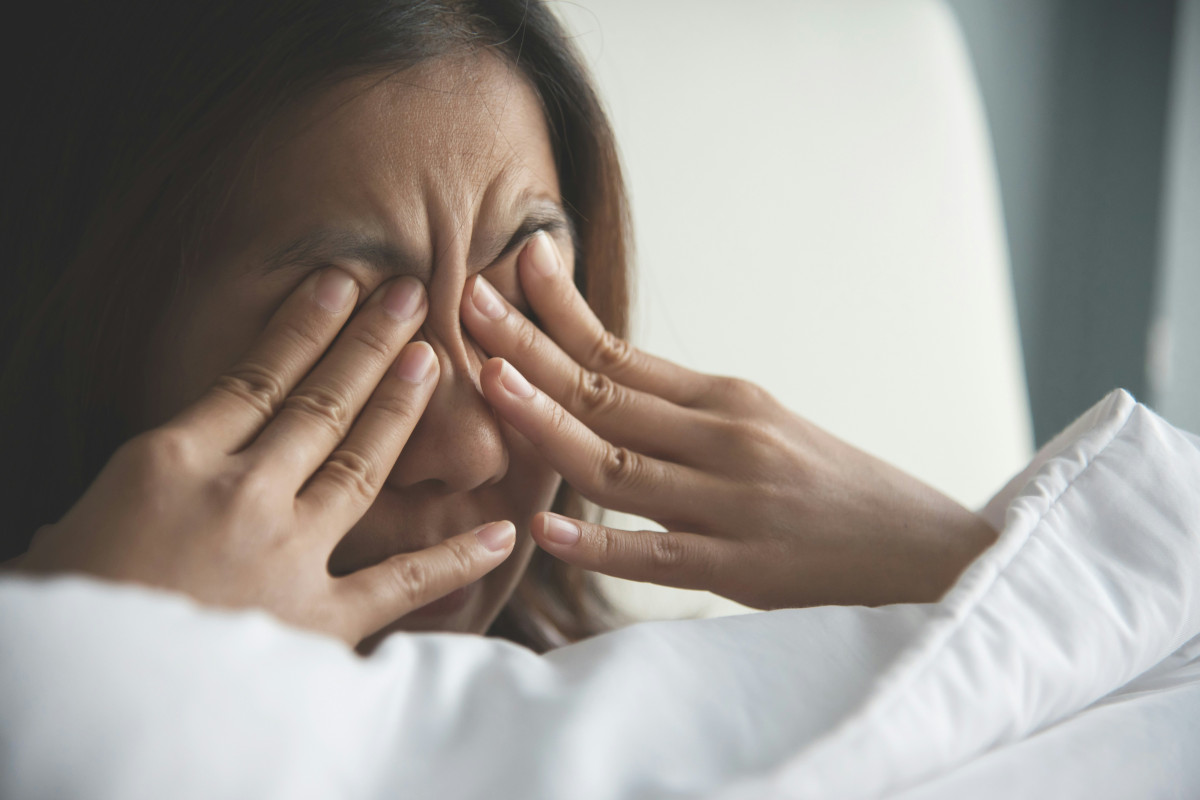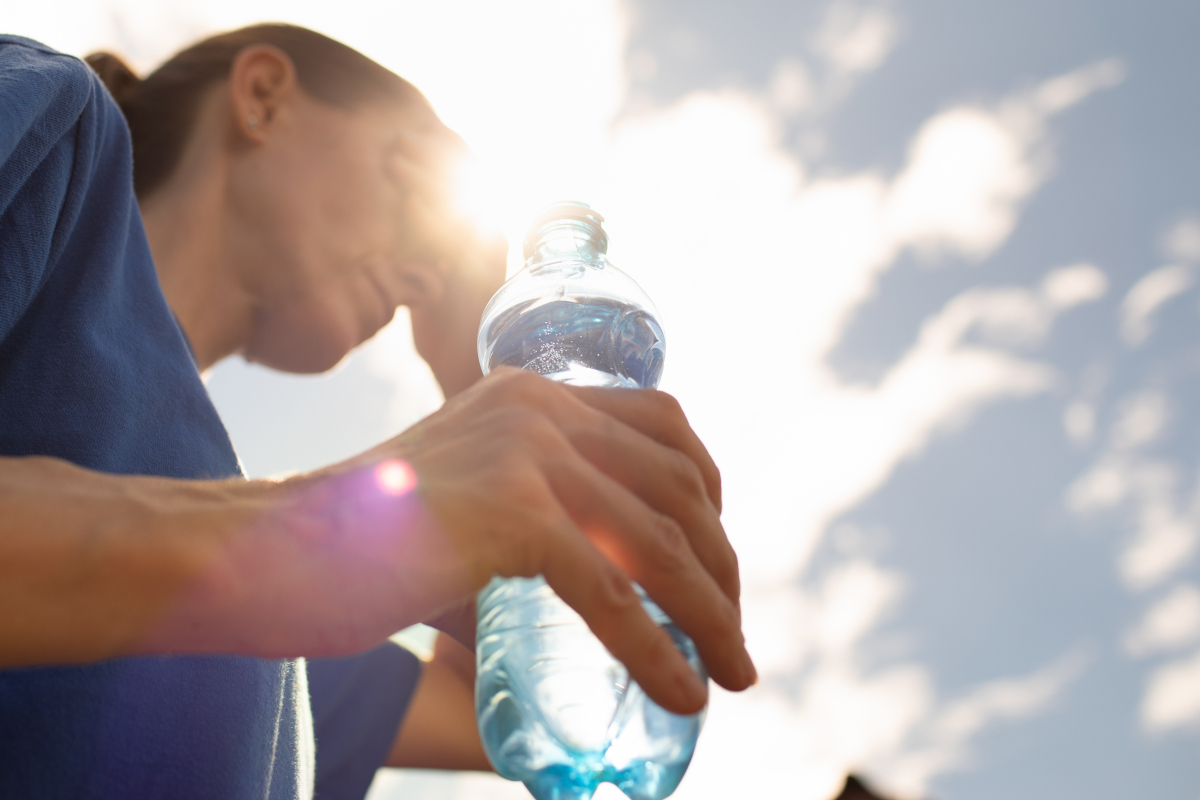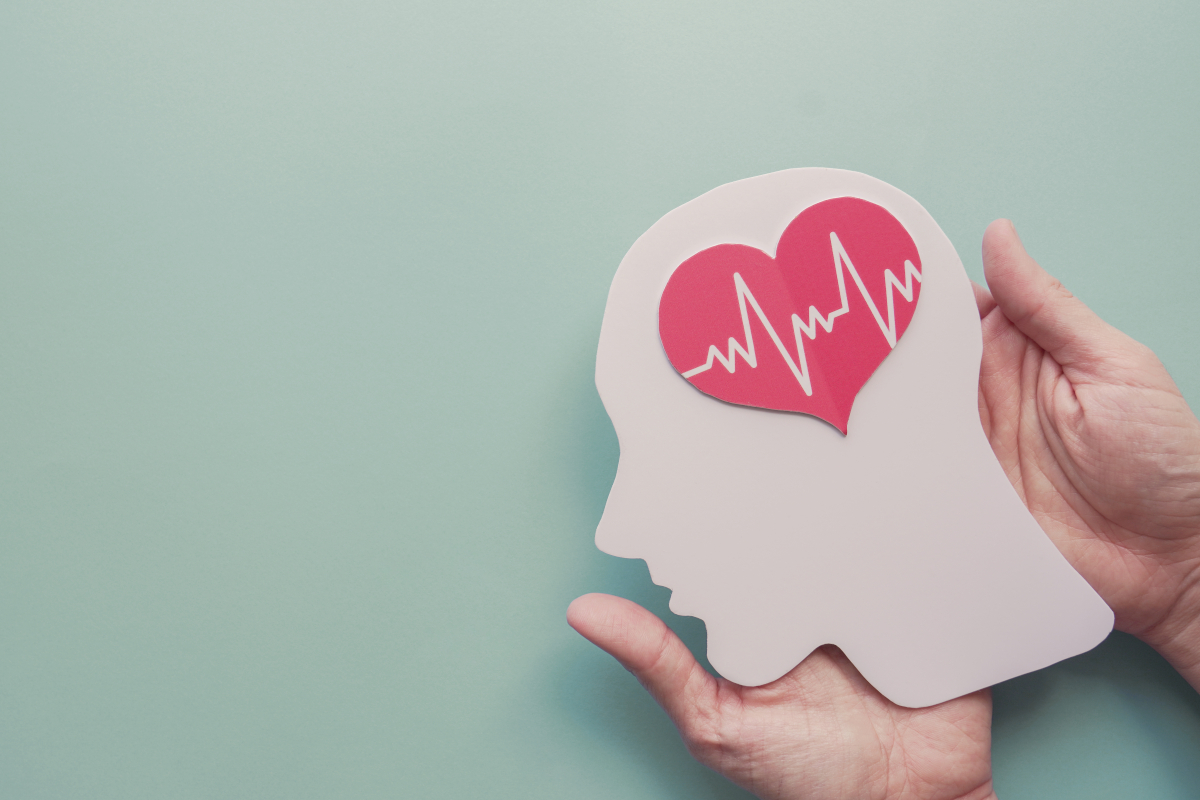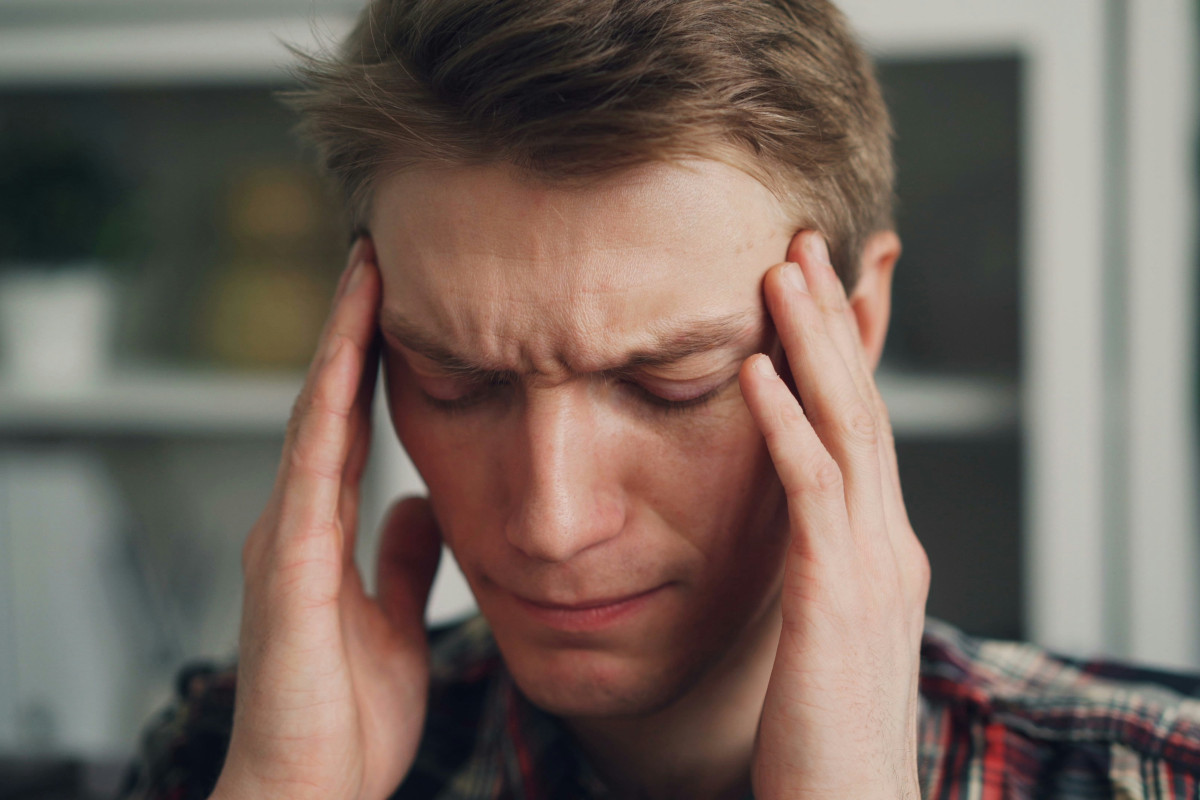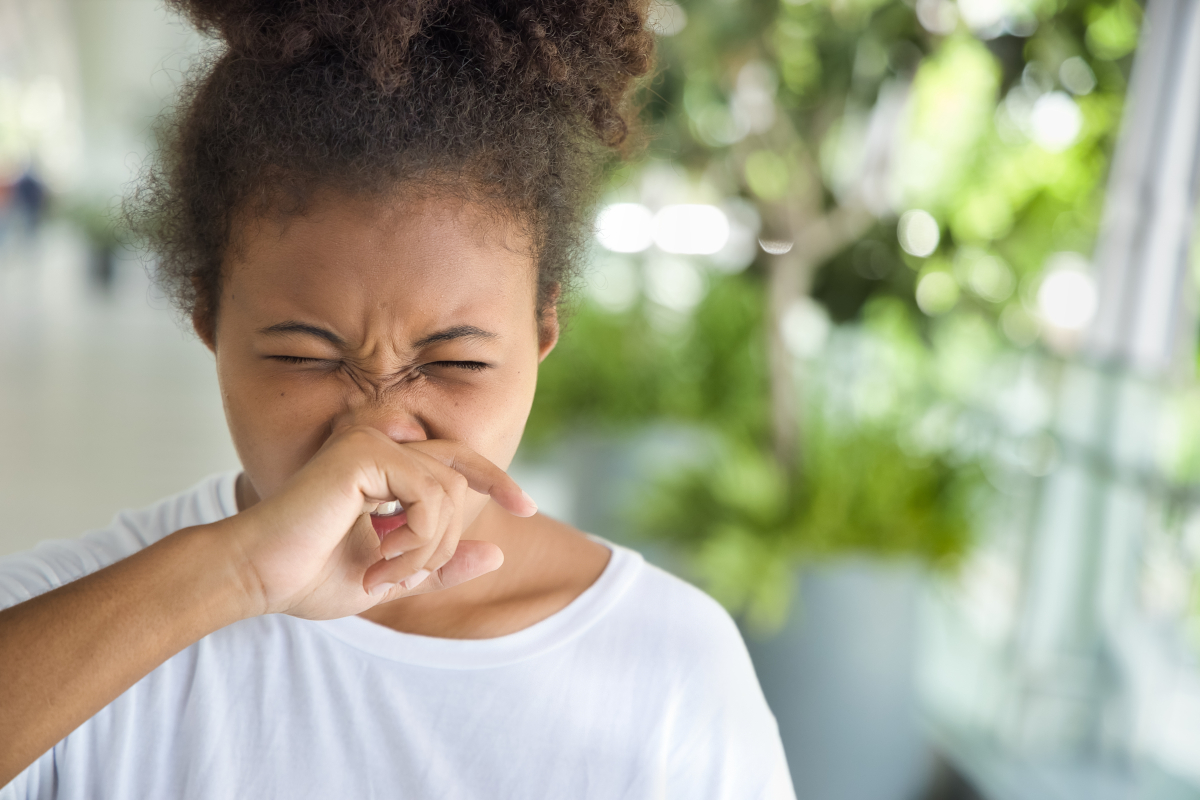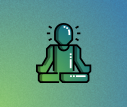Seriously: relaxing helps you beat tension headaches
Developed by American doctor and psychologist Edmund Jacobson, progressive muscle relaxation (PMR) is a valuable tool for headache sufferers. In a previous article, we explained what PMR is and how good it is at preventing migraine attacks – but it’s also highly effective against tension headaches, as numerous studies confirm.
-
References
Anderson RE, Seniscal C. A comparison of selected osteopathic treatment and relaxation for tension-type headaches. Headache. 2006 Sep;46(8):1273-80. doi: 10.1111/j.1526-4610.2006.00535.x. PMID: 16942472.
Arena JG, Hightower NE, Chong GC. Relaxation therapy for tension headache in the elderly: a prospective study. Psychol Aging. 1988 Mar;3(1):96-8. doi: 10.1037//0882-7974.3.1.96. PMID: 3077319.
Blanchard EB, Andrasik F, Neff DF, Arena JG, Ahles TA, Jurish SE, Pallmeyer TP, Saunders NL, Teders SJ, Barron KD, Rodichok LD. Biofeedback and relaxation training with three kinds of headache: treatment effects and their prediction. J Consult Clin Psychol. 1982 Aug;50(4):562-75. doi: 10.1037//0022-006x.50.4.562. PMID: 6749918.
Blanchard EB, Appelbaum KA, Radnitz CL, Michultka D, Morrill B, Kirsch C, Hillhouse J, Evans DD, Guarnieri P, Attanasio V, et al. Placebo-controlled evaluation of abbreviated progressive muscle relaxation and of relaxation combined with cognitive therapy in the treatment of tension headache. J Consult Clin Psychol. 1990 Apr;58(2):210-5. doi: 10.1037//0022-006x.58.2.210. PMID: 2186066.
Gopichandran L, Srivastsava AK, Vanamail P, Kanniammal C, Valli G, Mahendra J, Dhandapani M. Effectiveness of Progressive Muscle Relaxation and Deep Breathing Exercise on Pain, Disability, and Sleep Among Patients With Chronic Tension-Type Headache: A Randomized Control Trial. Holist Nurs Pract. 2021 May 28. doi: 10.1097/HNP.0000000000000460. Epub ahead of print. PMID: 34054116.
King HH. Recognizing the Value of Manual Therapy Interventions for Head Pain. J Am Osteopath Assoc. 2017 Jan 1;117(1):60-62. doi: 10.7556/jaoa.2017.013. PMID: 28055094.
Lardon A, Girard MP, Zaïm C, Lemeunier N, Descarreaux M, Marchand AA. Effectiveness of preventive and treatment interventions for primary headaches in the workplace: A systematic review of the literature. Cephalalgia. 2017 Jan;37(1):64-73. doi: 10.1177/0333102416636096. Epub 2016 Sep 29. PMID: 26935099.
Mongini F, Ciccone G, Rota E, Ferrero L, Ugolini A, Evangelista A, Ceccarelli M, Galassi C. Effectiveness of an educational and physical programme in reducing headache, neck and shoulder pain: a workplace controlled trial. Cephalalgia. 2008 May;28(5):541-52. doi: 10.1111/j.1468-2982.2008.01551.x. Epub 2008 Mar 3. PMID: 18318746.
Mongini F, Evangelista A, Milani C, Ferrero L, Ciccone G, Ugolini A, Piedimonte A, Sigaudo M, Carlino E, Banzatti E, Galassi C. An educational and physical program to reduce headache, neck/shoulder pain in a working community: a cluster-randomized controlled trial. PLoS One. 2012;7(1):e29637. doi: 10.1371/journal.pone.0029637. Epub 2012 Jan 9. PMID: 22253751; PMCID: PMC3253792.
Mongini F, Evangelista A, Rota E, Ferrero L, Ugolini A, Milani C, Ceccarelli M, Joffrain L, Ciccone G, Galassi C. Further evidence of the positive effects of an educational and physical program on headache, neck and shoulder pain in a working community. J Headache Pain. 2010 Oct;11(5):409-15. doi: 10.1007/s10194-010-0231-2. Epub 2010 Jun 20. PMID: 20563879; PMCID: PMC3452277.
Robb, S. et al.: Music Assisted Progressive Muscle Relaxation, Progressive Muscle Relaxation, Music Listening, and Silence: A Comparison of Relaxation Techniques, Journal of Music Therapy, XXXVII (1), 2-21, 2000.
Rota E, Evangelista A, Ceccarelli M, Ferrero L, Milani C, Ugolini A, Mongini F. Efficacy of a workplace relaxation exercise program on muscle tenderness in a working community with headache and neck pain: a longitudinal, controlled study. Eur J Phys Rehabil Med. 2016 Aug;52(4):457-65. Epub 2016 Jan 8. PMID: 26745361.
Turkistani A, Shah A, Jose AM, Melo JP, Luenam K, Ananias P, Yaqub S, Mohammed L. Effectiveness of Manual Therapy and Acupuncture in Tension-Type Headache: A Systematic Review. Cureus. 2021 Aug 31;13(8):e17601. doi: 10.7759/cureus.17601. PMID: 34646653; PMCID: PMC8483450.
Victoria Espí-López G, Arnal-Gómez A, Arbós-Berenguer T, González ÁAL, Vicente-Herrero T. Effectiveness of Physical Therapy in Patients with Tension-type Headache: Literature Review. J Jpn Phys Ther Assoc. 2014;17(1):31-38. doi: 10.1298/jjpta.Vol17_005. PMID: 25792906; PMCID: PMC4316547.

